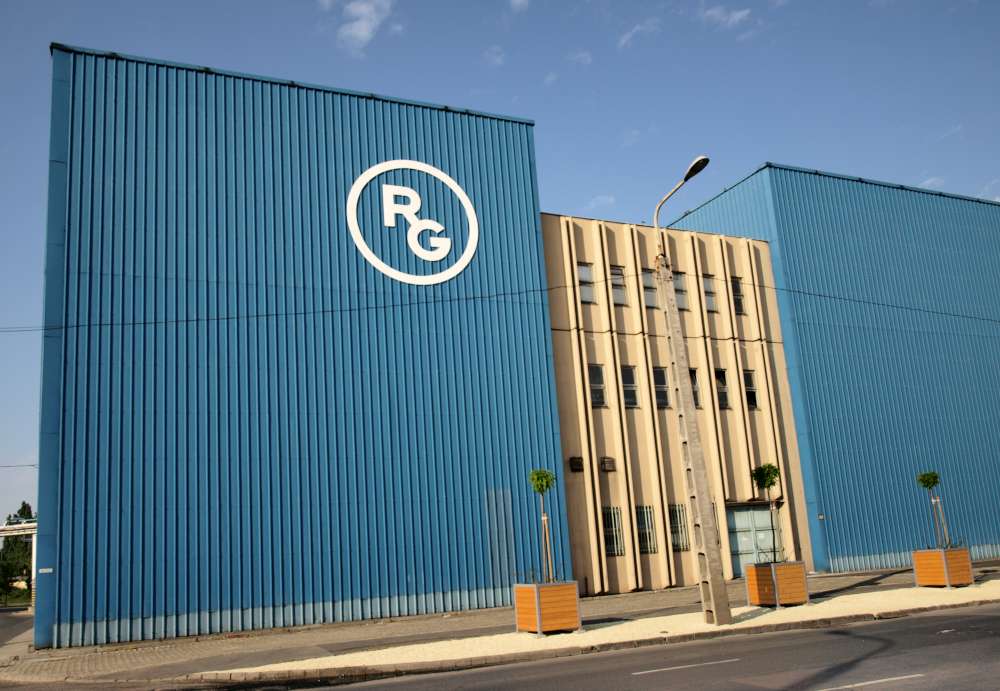Richter Q3 profit plunges as revenues drop

Third-quarter net income of Hungarian drugmaker Gedeon Richter fell 44.1% year-on-year to HUF 8.8 billion as revenues dropped and administrative and R&D spending rose, an earnings report released early Thursday shows, Hungarian news agency MTI reported.
Revenues declined 7.4% to HUF 99.4 bln. At the same time, direct costs of sales fell at an even faster rate, dropping 10.6% to HUF 40.5 bln, easing the impact on gross profit, which decreased 5.0% to HUF 58.9 bln.
Administrative and general expenses jumped 17.0% to HUF 6.2 bln, while spending on R&D rose 9.8% to HUF 9.0 bln. A HUF 4.2 bln financial loss, 19.4% more than the loss in the base period, also weighed on the bottom line.
Net income was under the HUF 12.1 bln estimate by analysts polled earlier by business news site Portfolio.hu, with earnings per share coming to HUF 47 for the period.
For the period Q1-Q3, Richter booked net income of HUF 47.7 bln, up 6.8% year-on-year. However, revenues declined 3.1% to HUF 323.9 bln over the first three quarters. Direct costs of sales fell 5.6% to HUF 134.6 bln. Gross profit edged down 1.2% to HUF 189.2 bln.
Operating profit dropped 4.0% to HUF 51.5 bln in Q1-Q3, but the bottom line was lifted by a HUF 1.6 bln financial gain, improving from a HUF 7.4 bln financial loss in the base period.
Esmya, Romania impact on revenues
Richter said Q1-Q3 revenues were negatively impacted by lower turnover of its uterine fibroid drug Esmya and a decline in turnover at its Romanian wholesaler.
Sales of Esmya in Q1-Q3 dropped 66.6% to HUF 7.0 bln because of temporary precautionary measures introduced as part of a review by the Pharmacovigilance Risk Assessment Committee (PRAC) of the European Medicines Agency (EMA) into liver injury potentially related to the drug.
The PRAC concluded in May that Esmya "may have contributed to the development of some cases of serious liver injury," and recommended that the medicine must not be used for women with known liver problems, that other patients may only start new treatment courses provided they have regular liver tests, and that Esmya should be used for more than one treatment course only in women who are not eligible for surgery.
The PRAC recommendations were endorsed by the EMAʼs Committee for Medicinal Products for Human Use (CHMP) on June 1, and the European Commission adopted the CHMP opinion on the Esmya referral on July 30, clearing the way for the relaunch of the product.
The restrictions on Esmya knocked it down from 3rd to 10th place on Richterʼs list of best-selling products. At the top of the list during the period were hormonal contraceptives, generating turnover of HUF 67.3 bln, and the nootropic Cavinton, with sales of HUF 25.5 bln.
Richter noted that its sales network had relaunched the "targeted promotion" of Esmya on European markets late in August and early in September.
Meanwhile, sales of Richterʼs wholesale and retail business dropped 7.7% year-on-year to HUF 60.4 bln in Q1-Q3 because of the temporary suspension of the operating license of its Romanian wholesale unit, Pharmafarm, on June 21. The license, revoked because of a breach of good practices, was reissued in September. Richter said most of Pharmafarmʼs warehouses resumed operation by September 19.
Sales of the business in Romania were down 10.4% year-on-year at HUF 46.7 bln in Q1-Q3.
CEO cautious in guidance
Speaking at a press conference later Thursday, Richter CEO Gábor Orbán acknowledged the HUF 14 bln drop in Esmya sales and some EUR 40 mln in revenue lost due to the suspension of wholesale sales in Romania. Esmya sales could fall two-thirds for the full year, while the drugʼs long-term outlook is "difficult to estimate," he added.
Richter expects full-year domestic sales to edge up 2%, while sales in Western Europe could climb 15% as sales in Ukraine drop as much as 20%. Sales in the rest of Eastern Europe are seen stagnating.
Sales growth in China could slow to 5%. U.S. sales, excluding turnover of Vraylar, the U.S. trademark of Richterʼs antipsychotic cariprazine, could decline 15% because of lower contraceptive sales.
Excluding the fall in revenue from Esmya, full-year turnover could be close to last yearʼs, Orbán said. Including the impact, turnover could drop by 6%, he added.
Richter expects a gross profit margin of 58% and operating profit margin of 14-15% this year, the CEO noted.
SUPPORT THE BUDAPEST BUSINESS JOURNAL
Producing journalism that is worthy of the name is a costly business. For 27 years, the publishers, editors and reporters of the Budapest Business Journal have striven to bring you business news that works, information that you can trust, that is factual, accurate and presented without fear or favor.
Newspaper organizations across the globe have struggled to find a business model that allows them to continue to excel, without compromising their ability to perform. Most recently, some have experimented with the idea of involving their most important stakeholders, their readers.
We would like to offer that same opportunity to our readers. We would like to invite you to help us deliver the quality business journalism you require. Hit our Support the BBJ button and you can choose the how much and how often you send us your contributions.








